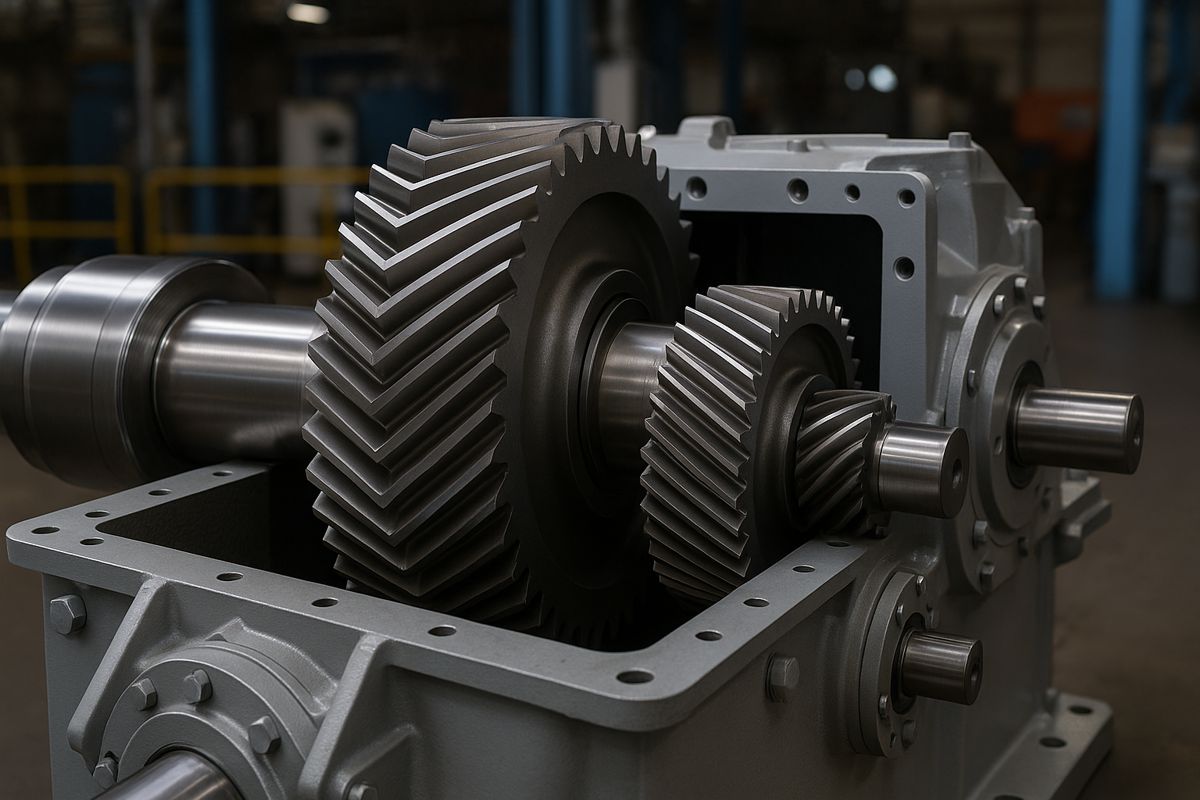Enhancing Earthquake Impact Assessment with Advanced Finite Element Methods
In the quest to design structures capable of withstanding the dynamic loads from earthquakes, high-speed trains, and explosions, traditional methods often fall short.
These methods struggle to manage complex boundary conditions and dynamic responses, necessitating more precise soil-structure interaction (SSI) analysis. The impact of local soil conditions on seismic motion characteristics further complicates the task. In response to these challenges, researchers are delving into advanced numerical methods to enhance SSI analysis accuracy and reliability.
The Need for Advanced SSI Analysis
Designing robust structures such as dams, tunnels, and embankments requires a thorough understanding of dynamic soil-structure interaction (SSI). Conventional methods frequently fail to address the complexity of boundary conditions and the dynamic nature of these interactions, leading to less reliable results.
The demand for precise SSI solutions is particularly acute in regions prone to seismic activity, where local soil conditions can significantly affect the characteristics of seismic motions.
Breakthrough Research from Kyoto University
Researchers at Kyoto University have made significant strides in this field, introducing a velocity-based space-time finite element procedure.
Their findings, published in the International Journal of Mechanical System Dynamics on June 4, 2024 (DOI: 10.1002/msd2.12106), present a methodical approach that truncates unbounded soil domains and models energy flow during seismic events.
This innovation represents a major leap forward in dynamic SSI analysis.
The Velocity-Based Space-Time Finite Element Method
The new method, known as the velocity-based space-time finite element method (v-ST/FEM), addresses dynamic SSI problems with remarkable efficiency.
By incorporating viscous boundary conditions based on the Lysmer-Kuhlemeyer model, the v-ST/FEM effectively truncates the unbounded soil domain, preventing spurious reflections that could compromise the accuracy of simulations. This method accurately simulates seismic input motion as an effective nodal force vector, ensuring proper energy flow from the far field to the computational domain.
Validating the New Approach
To validate their approach, the researchers compared the seismic response of a concrete gravity dam on an elastic half-space using the v-ST/FEM with results obtained from the semidiscrete finite element method (FEM) employing the Newmark-β method.
The v-ST/FEM method demonstrated superior accuracy and stability in long-duration seismic motion simulations, proving its reliability for future SSI analyses.
Implications for Infrastructure Resilience
Dr. Vikas Sharma, the lead author of the study, underscores the significance of this research: “Our v-ST/FEM approach offers a more accurate and computationally efficient method for dynamic soil-structure interaction problems.
This advancement is crucial for developing infrastructure that can better withstand the forces of nature, ultimately safeguarding lives and property.”
Far-Reaching Applications
The applications of this research are extensive, particularly in the design and assessment of earth structures like dams and embankments in seismic zones. The v-ST/FEM method’s ability to provide more accurate predictions of seismic soil amplification can lead to the creation of safer and more resilient infrastructure.
By enhancing the precision of seismic performance predictions, this method has the potential to save lives and reduce the economic impact of earthquakes.
Mitigating the Devastating Impacts of Natural Disasters
The introduction of the velocity-based space-time finite element method (v-ST/FEM) by Kyoto University researchers marks a significant advancement in the field of dynamic soil-structure interaction analysis.
By addressing the limitations of traditional methods and offering superior accuracy and stability, the v-ST/FEM method is poised to revolutionise the way we design and assess infrastructure in seismic zones. As we continue to seek ways to build more resilient structures, innovations like these will be crucial in mitigating the devastating impacts of natural disasters.




















